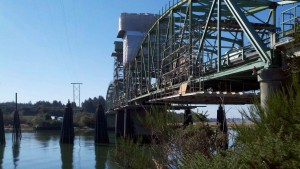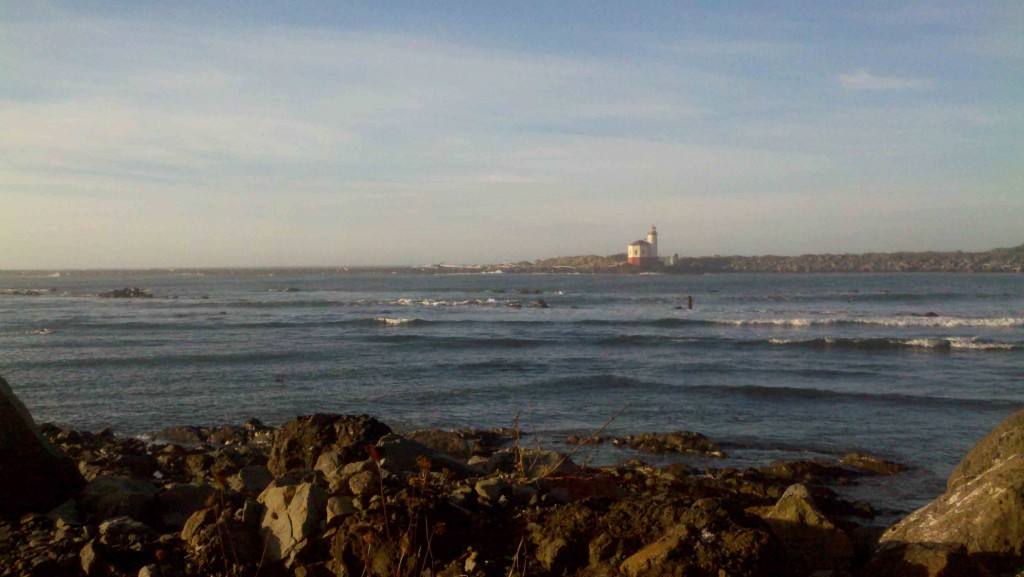Fri 15 Oct 2010
Sandblasting Bridge Repaint – lead & cadmium air monitoring
Posted by admin under Admin Controls, Cadmium, Lead, Personal Protective Equip (PPE), Respirators, Sandblasting
[10] Comments
Many bridges and elevated highways have leaded paint. Lead and cadmium was (and sometimes still) added to paint for durability. Nowadays other heavy metals are used for durability. This particular bridge was near the coast and had already been repainted sometime in the past. Repainting requires the removal of the existing paint by sandblasting. Since the bridge was previously repainted with a non-leaded paint, in theory, there should not be any airborne levels of lead, or cadmium. However, I always find airborne levels of lead. Why?
The possibilities are:
- not all of the leaded paint was removed
- recycled blasting agent has trace amounts of lead
- and possibly there are still levels of lead in the new paint that is supposedly “non-lead”
I always ask the laboratory to analyze my air sample for lead, and cadmium. Lead is usually the main contaminant, but occasionally I find cadmium. I will sometimes also have the lab check for zinc and chromium. The sandblasters wear hooded powered air supply respirators, coveralls, and ear protection while blasting. Some other time I’ll talk about the noise from that activity (it’s LOUD!) and the fall protection issues they face.
Lead is a hazard in two forms: 1. airborne and 2. ingestion- from the transfer of contaminated hands/clothing to being eaten. Hygiene on a lead project is essential to preventing these exposures. A good safety practice, by which to verify that lead is not being transferred is to obtain wipe samples at random (or not-so-random) locations. Lunchrooms, shower/change areas, and pickup trucks are some of my favorite “random” locations.
The views around the area weren’t bad either…


how are you!This was a really impressive topic!
I come from milan, I was fortunate to approach your subject in bing
Also I obtain a lot in your blog really thanks very much i will come again
Hey, I can’t view your site properly within Opera, I actually hope you look into fixing this.
ÐžÑ‚Ð»Ð¸Ñ‡Ð½Ð°Ñ ÑтатьÑ! большое ÑпаÑибо автору за интереÑный материал. Удачи в развитии!!! 🙂
—
КÑтати http://shockeds.ru/9483-hosted_theync_com_37.html Ñ Ð½Ð°ÑˆÐµÐ» Ñто видео и веÑÑŒ день ржал ))
Ð´Ð»Ñ Ñайта http://www.ihconstruction.com
Тханк ые! БеÑÑ‚ Ð²Ð¸ÑˆÐµÑ Ñ‚Ð¾ ые ж- анд Гугле транÑлате! 🙂
I will try and find time to look into this…thank you for the feedback.
What a great resource!
Beneficial info and excellent design you got here! I want to thank you for sharing your ideas and putting the time into the stuff you publish! Great work!
Really nice post,thank you
Great work keep it coming
hello!This was a really brilliant theme!
I come from milan, I was fortunate to look for your Topics in bing
Also I learn a lot in your website really thanks very much i will come every day